Maria Teresa Llano
Heriot-Watt University
Mixer Metaphors: audio interfaces for non-musical applications
Apr 16, 2025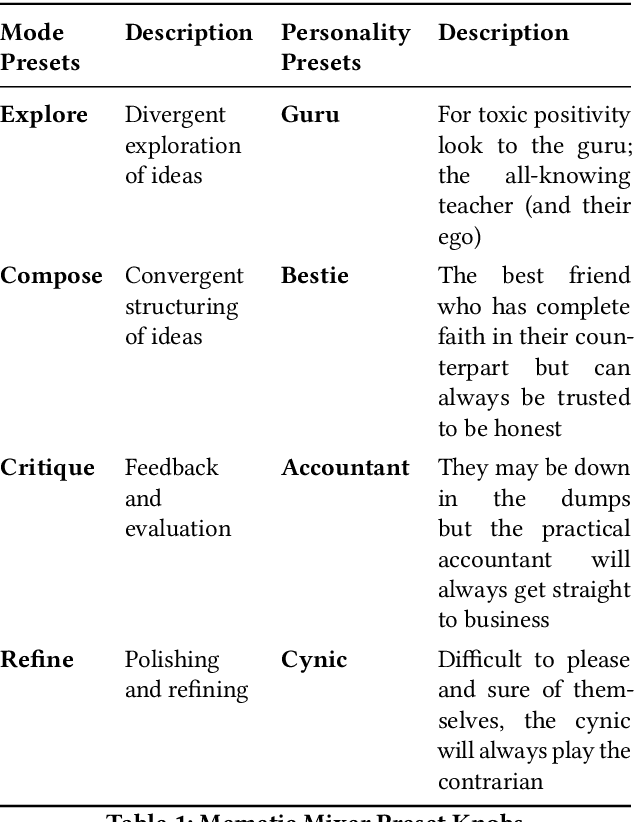

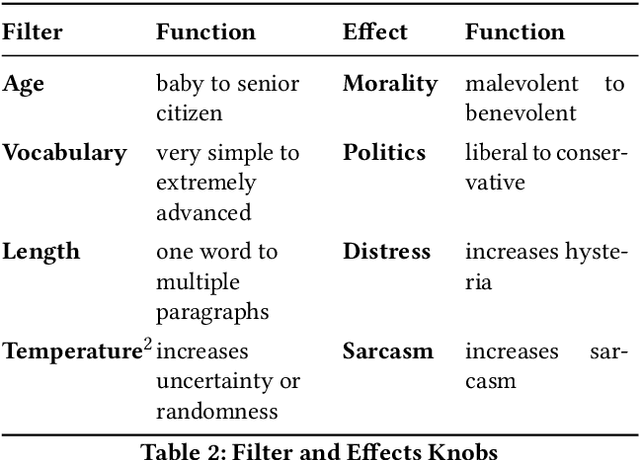

Abstract:The NIME conference traditionally focuses on interfaces for music and musical expression. In this paper we reverse this tradition to ask, can interfaces developed for music be successfully appropriated to non-musical applications? To help answer this question we designed and developed a new device, which uses interface metaphors borrowed from analogue synthesisers and audio mixing to physically control the intangible aspects of a Large Language Model. We compared two versions of the device, with and without the audio-inspired augmentations, with a group of artists who used each version over a one week period. Our results show that the use of audio-like controls afforded more immediate, direct and embodied control over the LLM, allowing users to creatively experiment and play with the device over its non-mixer counterpart. Our project demonstrates how cross-sensory metaphors can support creative thinking and embodied practice when designing new technological interfaces.
No Longer Trending on Artstation: Prompt Analysis of Generative AI Art
Jan 24, 2024
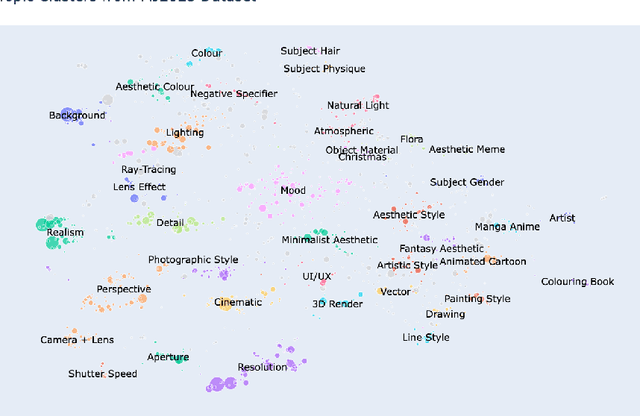

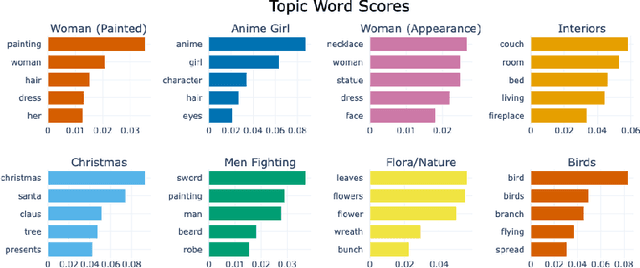
Abstract:Image generation using generative AI is rapidly becoming a major new source of visual media, with billions of AI generated images created using diffusion models such as Stable Diffusion and Midjourney over the last few years. In this paper we collect and analyse over 3 million prompts and the images they generate. Using natural language processing, topic analysis and visualisation methods we aim to understand collectively how people are using text prompts, the impact of these systems on artists, and more broadly on the visual cultures they promote. Our study shows that prompting focuses largely on surface aesthetics, reinforcing cultural norms, popular conventional representations and imagery. We also find that many users focus on popular topics (such as making colouring books, fantasy art, or Christmas cards), suggesting that the dominant use for the systems analysed is recreational rather than artistic.
Is Writing Prompts Really Making Art?
Feb 02, 2023



Abstract:In recent years Generative Machine Learning systems have advanced significantly. A current wave of generative systems use text prompts to create complex imagery, video, even 3D datasets. The creators of these systems claim a revolution in bringing creativity and art to anyone who can type a prompt. In this position paper, we question the basis for these claims, dividing our analysis into three areas: the limitations of linguistic descriptions, implications of the dataset, and lastly, matters of materiality and embodiment. We conclude with an analysis of the creative possibilities enabled by prompt-based systems, asking if they can be considered a new artistic medium.
Explainable Computational Creativity
May 11, 2022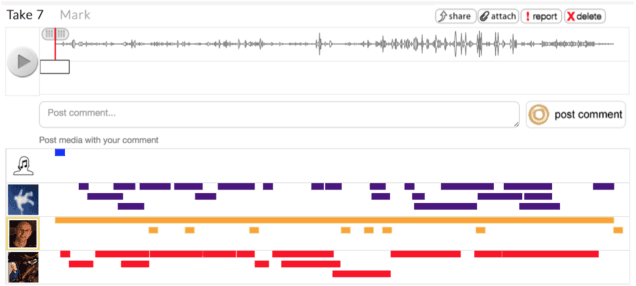
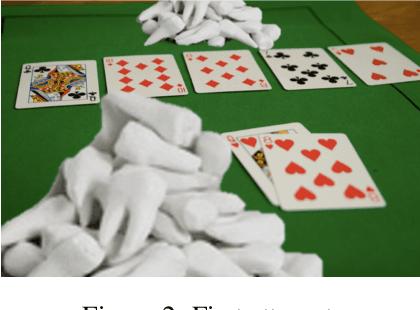
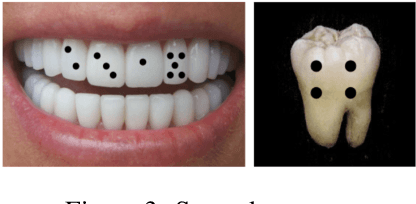
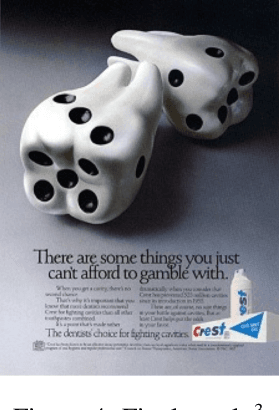
Abstract:Human collaboration with systems within the Computational Creativity (CC) field is often restricted to shallow interactions, where the creative processes, of systems and humans alike, are carried out in isolation, without any (or little) intervention from the user, and without any discussion about how the unfolding decisions are taking place. Fruitful co-creation requires a sustained ongoing interaction that can include discussions of ideas, comparisons to previous/other works, incremental improvements and revisions, etc. For these interactions, communication is an intrinsic factor. This means giving a voice to CC systems and enabling two-way communication channels between them and their users so that they can: explain their processes and decisions, support their ideas so that these are given serious consideration by their creative collaborators, and learn from these discussions to further improve their creative processes. For this, we propose a set of design principles for CC systems that aim at supporting greater co-creation and collaboration with their human collaborators.
Discovery of Invariants through Automated Theory Formation
Jun 21, 2011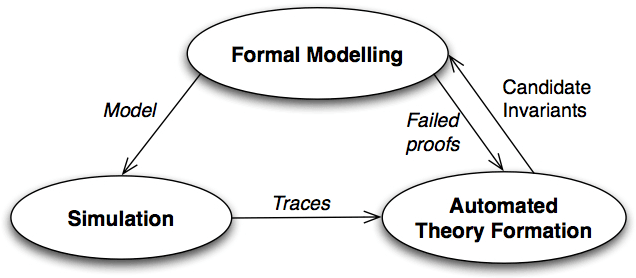
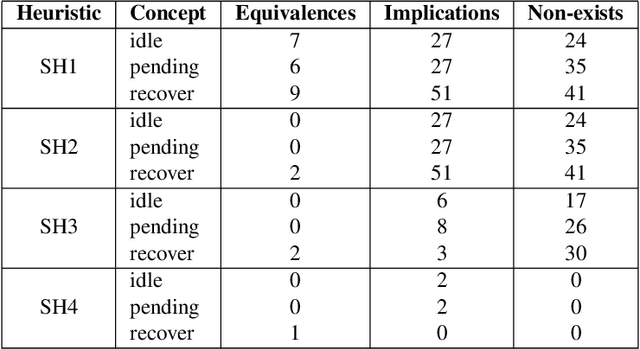
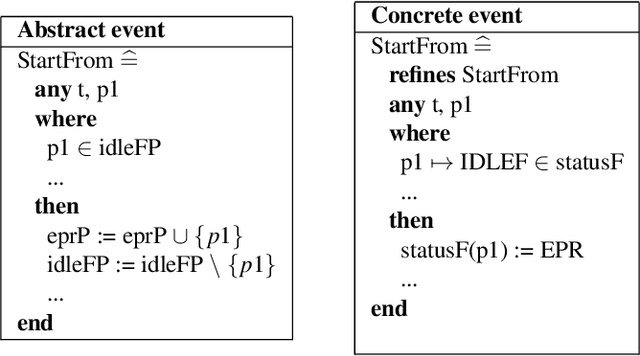
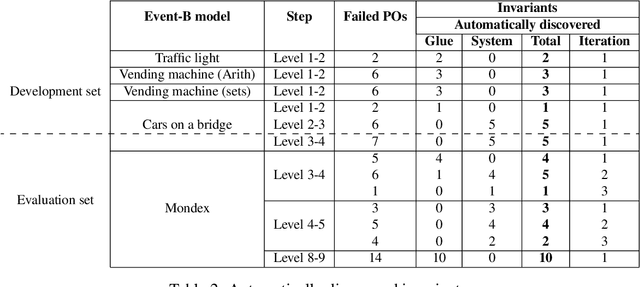
Abstract:Refinement is a powerful mechanism for mastering the complexities that arise when formally modelling systems. Refinement also brings with it additional proof obligations -- requiring a developer to discover properties relating to their design decisions. With the goal of reducing this burden, we have investigated how a general purpose theory formation tool, HR, can be used to automate the discovery of such properties within the context of Event-B. Here we develop a heuristic approach to the automatic discovery of invariants and report upon a series of experiments that we undertook in order to evaluate our approach. The set of heuristics developed provides systematic guidance in tailoring HR for a given Event-B development. These heuristics are based upon proof-failure analysis, and have given rise to some promising results.
* In Proceedings Refine 2011, arXiv:1106.3488
 Add to Chrome
Add to Chrome Add to Firefox
Add to Firefox Add to Edge
Add to Edge